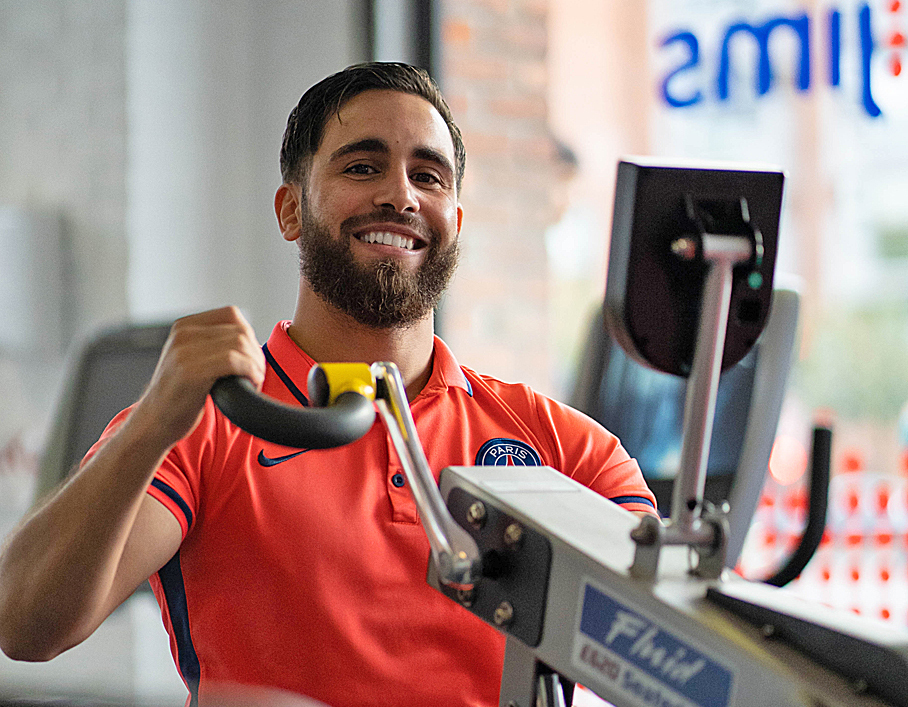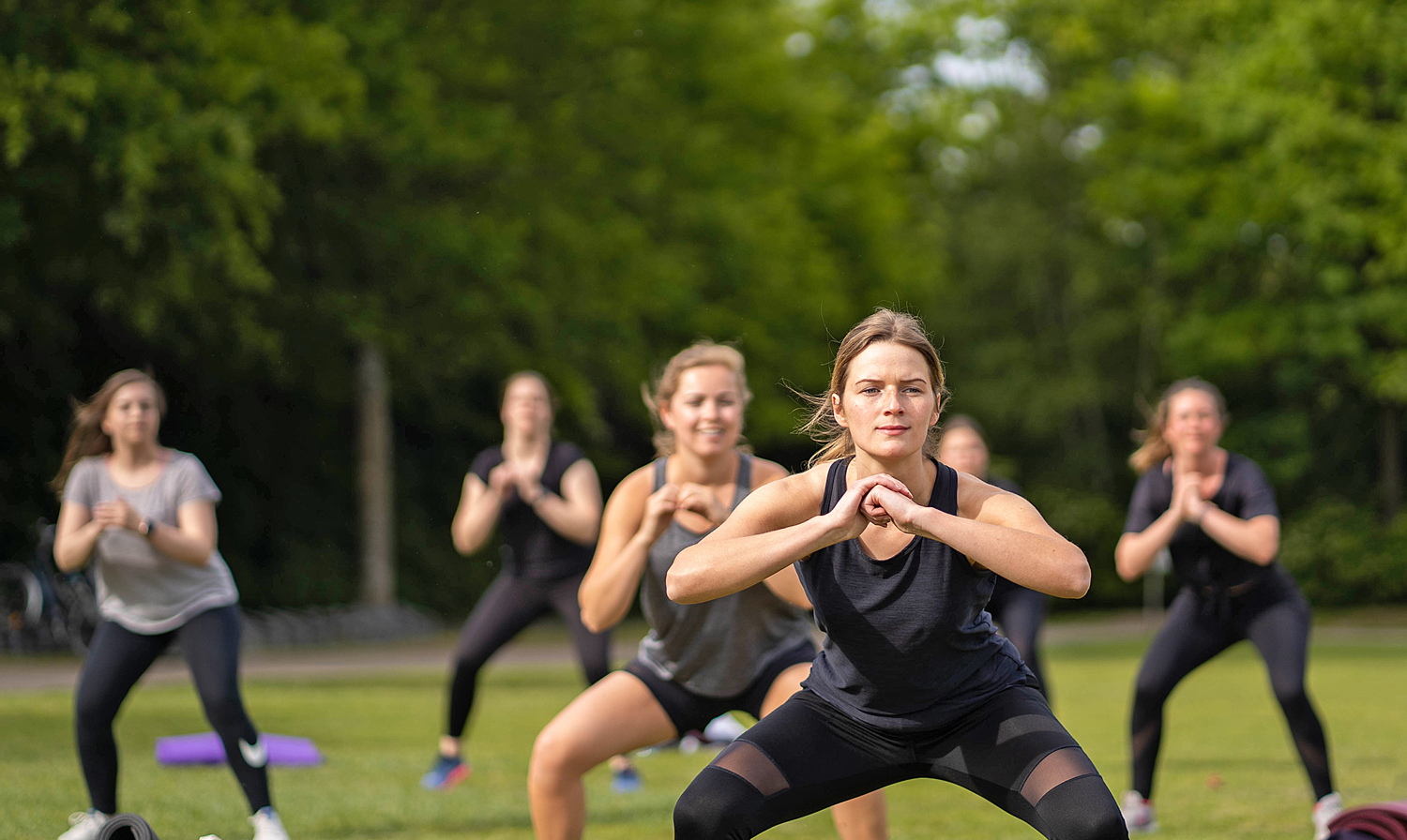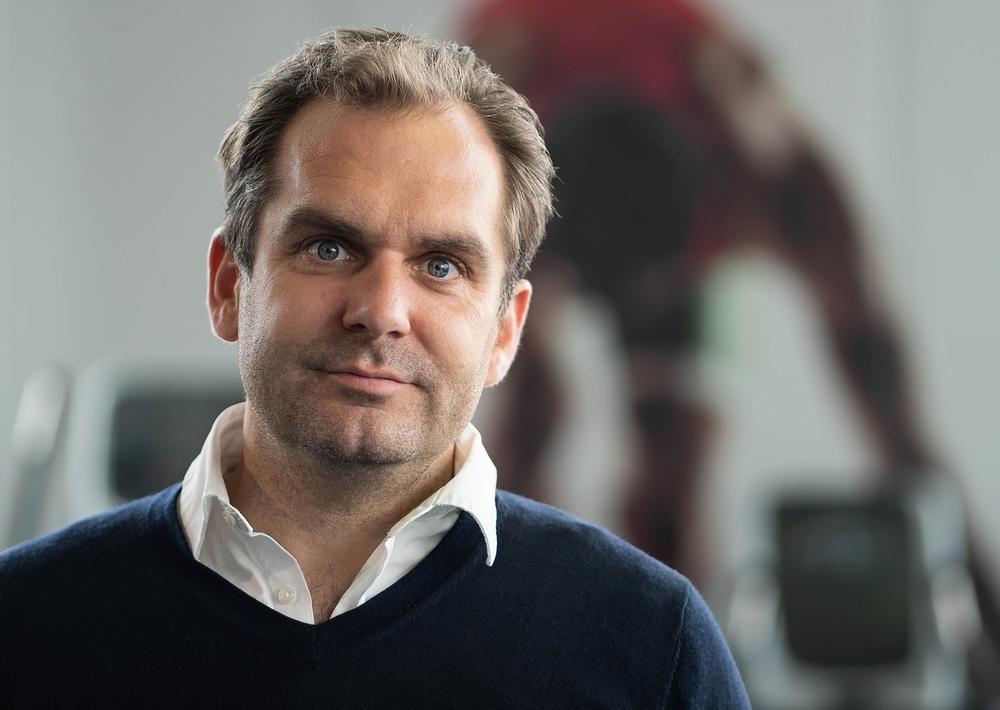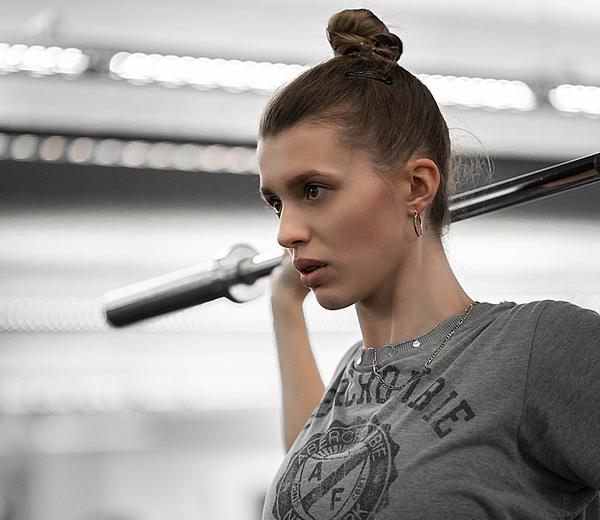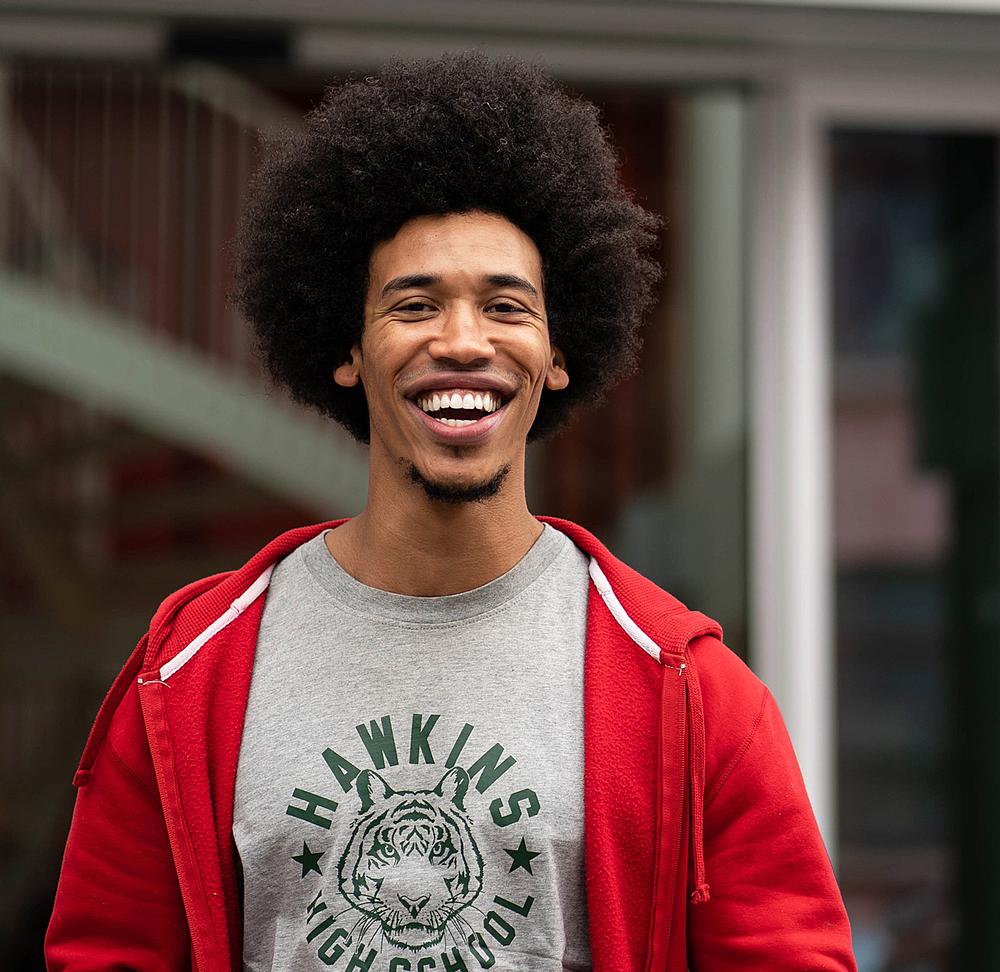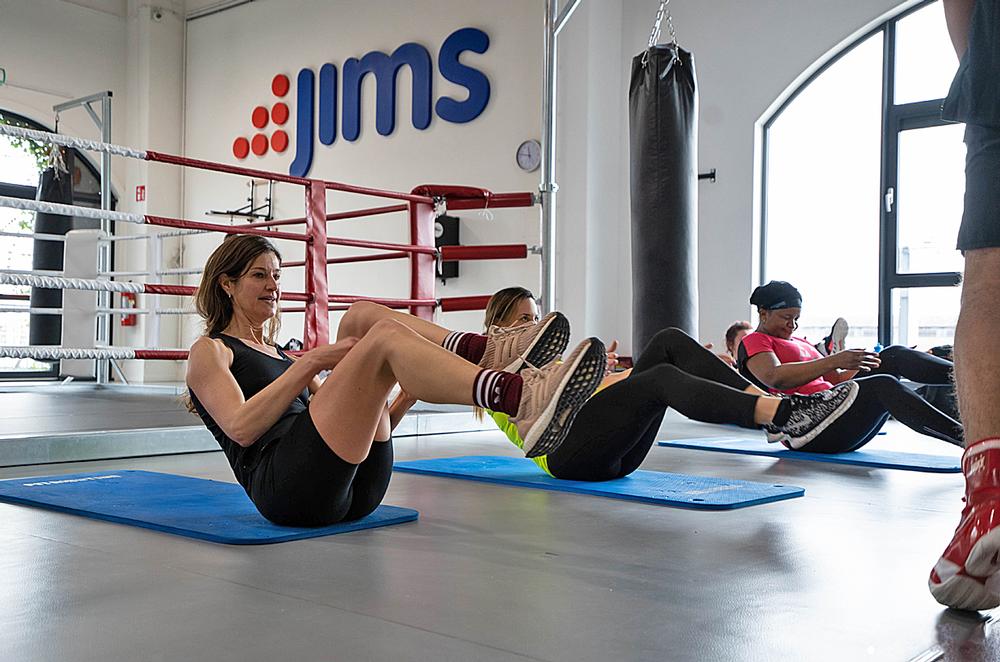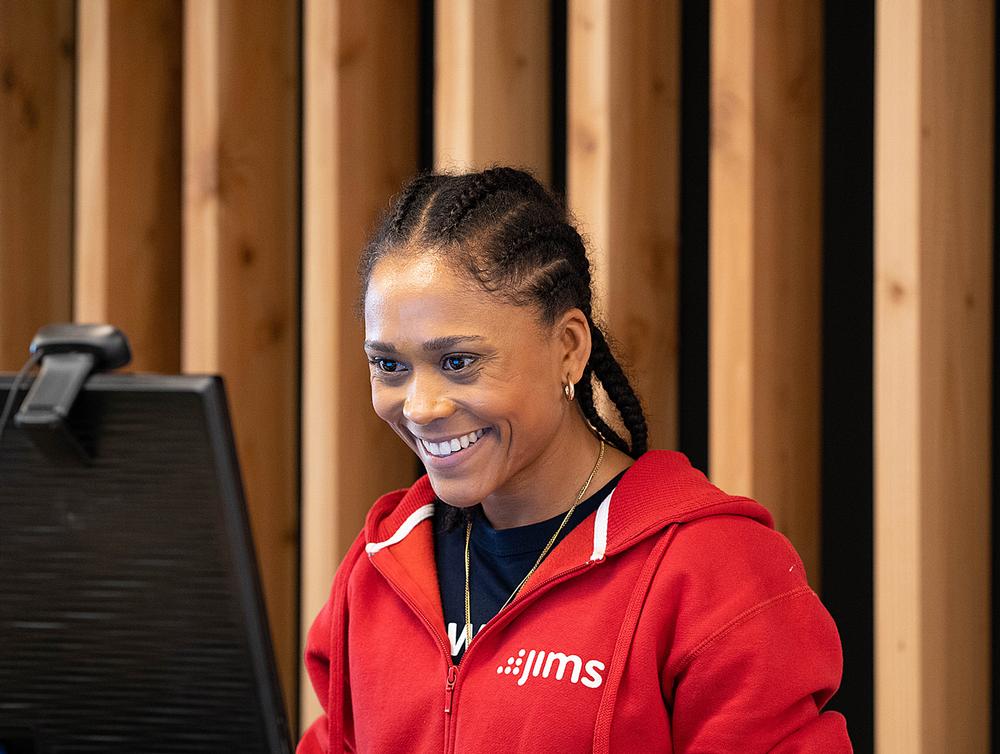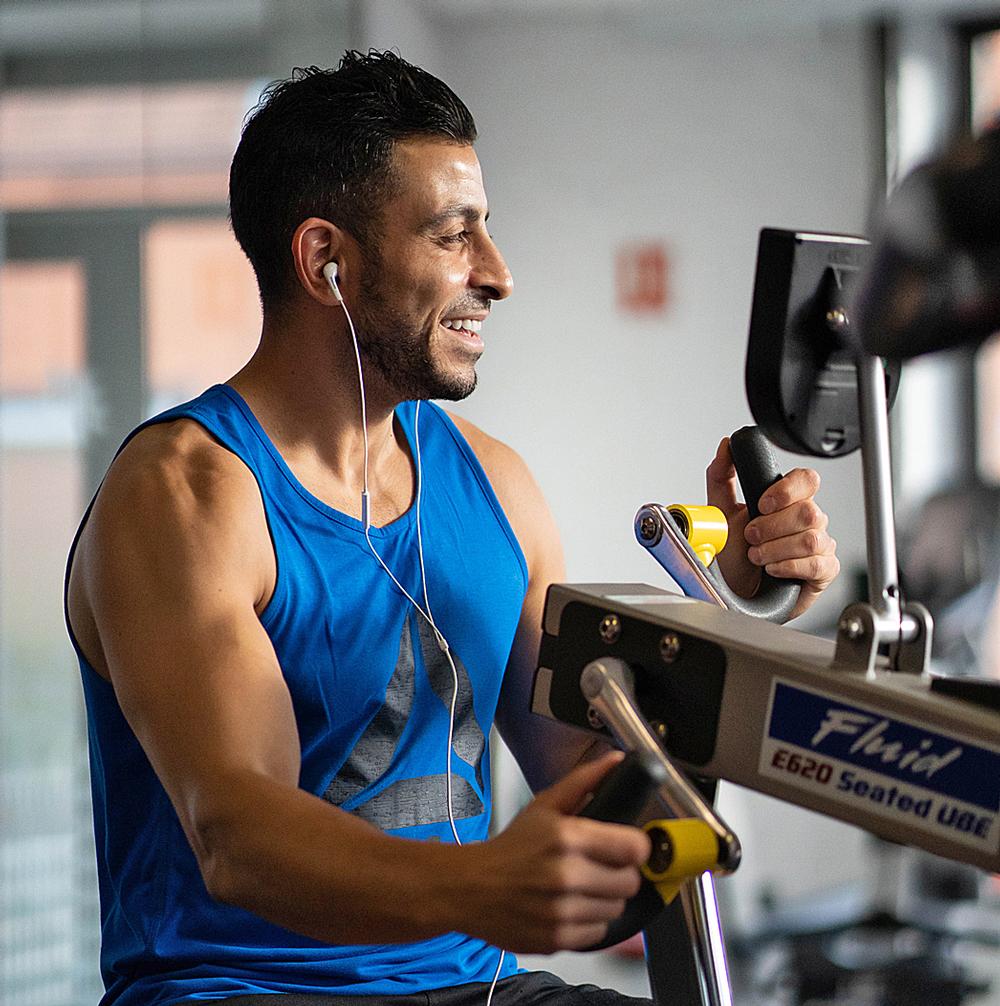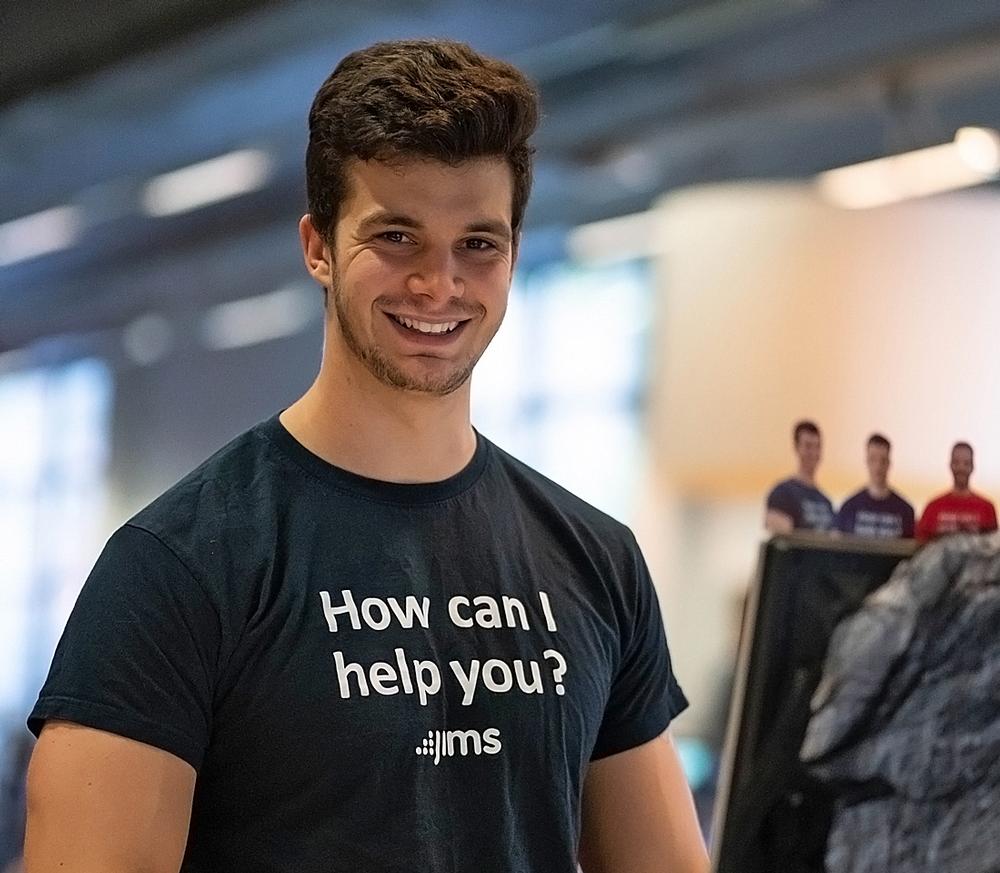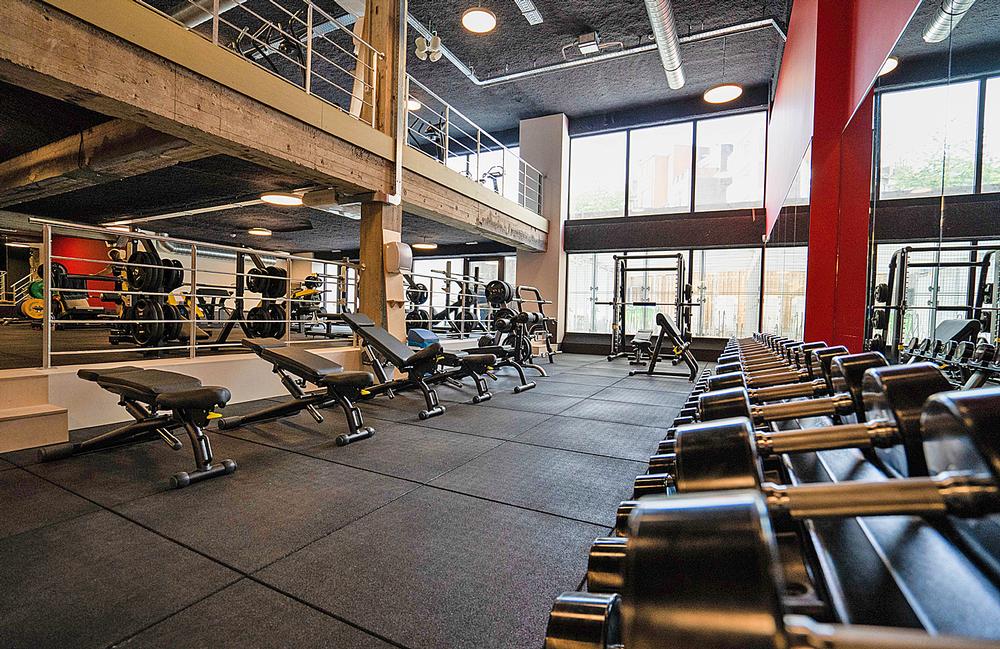Tell us about reopening
We decided to go beyond the government’s compulsory measures, while at the same time trying to make our clubs feel as normal and welcoming as possible.
I attended a webinar with Will Wang, CEO of Will’s Gym in Asia, and his words really resonated with me. He explained that perception is reality – that clubs need to regain the confidence of their members, and that if gyms don’t go far enough in their measures they might lose those members.
We surveyed our active members and the three measures they find most reassuring are, firstly, the fact they have to reserve a slot to come and train. We’ve divided our days into 1hr45 blocks, separated by cleaning sessions in which we sanitise all the frequently touched elements in the club: door handles, vending machine screens, card machines and so on. We can’t clean all the equipment though – it would make the cleaning phases too long – so members are asked to clean all equipment before and after each use.
The second and third most popular measures are compulsory disinfection of hands on the way into the club, and temperature checking every member on entry: we send them home if they have a temperature over 37.5°C.
We can’t eliminate all risk, of course, but we believe we’ve done everything we can to make our members safe – and feel safe. We now have testimonials from members and have been in the news on French-speaking TV. This has helped spread our message of reassurance.
Interestingly, our survey has found that in our locations, younger people are more negative and sensitive than older people, and that women are more positive about our measures than men. This surprised us.
Another finding is that those with high purchasing power are less comfortable about attending the gym than those with lower purchasing power. We’re adapting locally based on this feedback and the profile of each club.
What shape is the business in?
We reopened our clubs on 29 May in Luxembourg, and 8 June in Belgium, and we’ve come out OK. Not great, and the second half of this year will be a challenge, but I think the fact we were able to pay our bills throughout the crisis, without needing any government loans, is testament to the strength of our community.
We’ve only lost 8.7 per cent of our members over the 10 weeks of closure – admittedly that’s helped by our 12-month initial contracts – and our attendance figures are quite good, especially as social distancing means we can only have one member per 10sq m of floor space.
In Luxembourg, on our first day of opening, we had 52 per cent of the check-ins compared to the equivalent day in 2019. In Belgium, it was 65 per cent.
Catch-up is already happening. In Belgium, we’re up to around 80 per cent of the visits compared to the same day in 2019; cumulatively since re-opening, we’re at around 70 per cent. Meanwhile, sales are 150–200 per cent compared to last year.
At our three clubs in Luxembourg, attendance is cumulatively up to 61 per cent – from 52 per cent on day one – and over the weekend just gone, we were at 80–90 per cent compared to the equivalent weekend last year. Sales are sitting at 100–150 per cent compared to 2019. [All figures @ 22 June 2020]
And the longer-term impact?
It has sped up our progress towards the strategy we’d already outlined for our business: to become a coaching company that happens to have fitness clubs. That’s now our ambition: to support people in achieving their goals, wherever they choose to work out.
Obviously, digital is the tool that will allow us to turn this vision into reality. We see digital as the way to make personalised services more efficient and more effective.
Can you elaborate on your digital strategy?
The online work we did during lockdown with Technogym was effectively a chance to test the features of a new app powered by Mywellness, which is now being finalised to incorporate our online learnings over recent months.
Starting from September this year, we’ll offer three distinct types of membership.
If you just want to come in and use our equipment and classes, that’s fine. You’ll pay €20–25 a month.
If you want to be coached, you can choose a membership – priced at €35–37 a month – that gives access to the club and our new app. You’ll receive personalised online support, with a certified coach – one of our team – following your progress and offering advice, motivation and new programmes as needed. This will be supplemented with in-club tests and consultations, but essentially it means you can train, with our support, wherever you choose: in-club, at home, in the park.
The app will also feature on-demand and live streamed classes, again powered by Mywellness through our partnership with Technogym; you’ll even be able to see your friends in the class.
Finally, we’re rolling out a club-in-club model, creating boutique studios inside our facilities for a premium group training experience. We first trialled this at the Gare du Luxembourg, where we were offered a 2,000sq m space on a take it or leave it basis.
It’s larger than our usual clubs – which typically measure 1,200–1,600sq m, with a classic offering of cardio, weights, functional training and studios – we decided to trial in-house boxing and CrossFit-style boutiques.
These initial boutiques went very well: we found that 50 per cent of the customers were our existing members who had traded up.
We’re now creating boutiques in every club, and where we have clusters of clubs, make them complementary. We’re considering boxing, CrossFit-style training, pilates, yoga and cycling.
If you take this membership option, you’ll have access to the club and the boutique classes, and very likely our digital support too – we’re finalising the details as we speak. As an example, boxing will cost €40–50 a month, CrossFit-style training around €70–80.
What are your growth plans?
For now, our primary focus will be on our product: launching and embedding the three types of membership.
It might even be that we launch a fourth membership category, for those living in areas where we don’t have a physical club. That question is definitely on the table: can we effectively motivate and coach people through the app alone?
We’re also in discussions with Telenet, the largest cable provider in Belgium, about a TV channel to stream our group exercise.
That might involve a newspaper-style model: get some content for free, upgrade to get all our digital content, and then you might decide to also pay to come into our clubs.
We may open more clubs – perhaps two to four a year – but only if good locations come up. We’re not under any pressure to open a certain number of clubs in a certain timeframe.
The focus is on executing our vision: first and foremost, to be a coaching provider.









